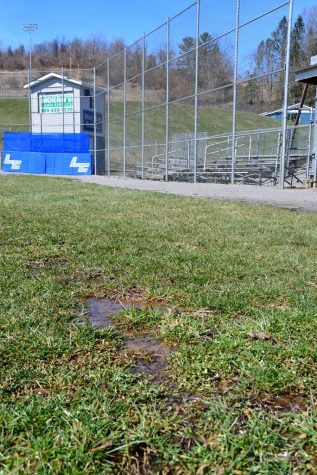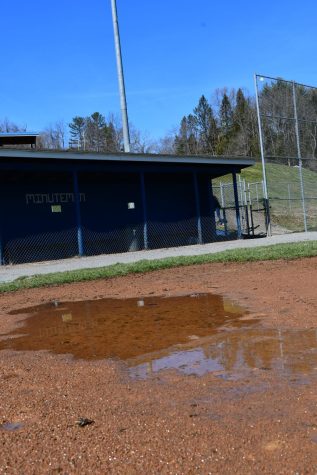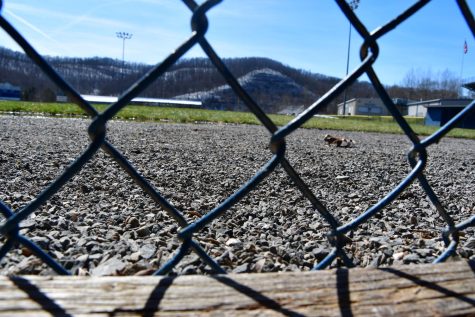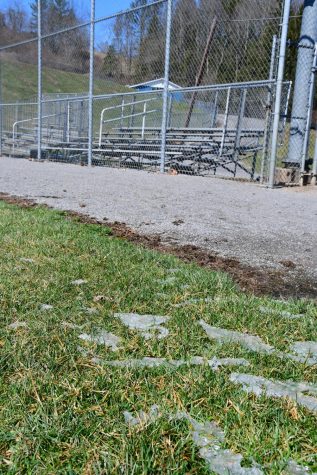Should Spring and Fall Sports Flip?
March 14, 2022
It’s agreeable to say that the majority of spring sports are weather-dependent for playing time on fields and courts.
With spring practices beginning in February, it can be almost impossible to obtain the right amount of practices with such irregular weather and cold temperatures.
It can be snowing one day, and raining the next. Football and soccer games continue through pouring rain and snow, and fight through freezing temperatures.
Unlike fall sports, spring sports need “good” weather to continue.
For baseball and softball, the field must be playable. Most fields LCHS’s baseball and softball teams will play on consist of dirt and not turf, so it is important that the precipitation levels are light to avoid injuries on a muddy fields. The temperature also plays an important factor in these sports. If baseball and softball bats get too cold, they can freeze and easily crack.
According to The Monroe News, “Flowing directly from summer baseball and softball into the high school season could improve the quality of the games.”
“I’ve been saying for years that baseball and softball make more sense in the fall. Kids play during the summer. You would get higher quality games and get more games in with the weather.” Chelsea Dowler, Jefferson softball coach, said.
For tennis, the courts must be dry. Just a small amount of rain or snow can make the surface very slick. This could cause many injuries. Like in baseball and softball, the temperature plays an important role in tennis. The ball will not bounce as high with colder temperatures.
According to Tennis Gems, “Tennis balls do not bounce as high in the cold. The bounciness of a ball is subject to the gasses working within it. So when a ball gets cold, the gas molecules begin to contract inside.”
For track and field, a soaked track makes runners more prone to sustain injuries.
The switch could allow spring sports the chance to participate in more competitions.
So why can’t fall and spring sports flip seasons?




